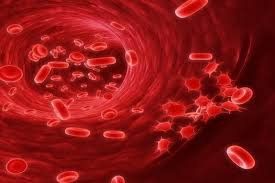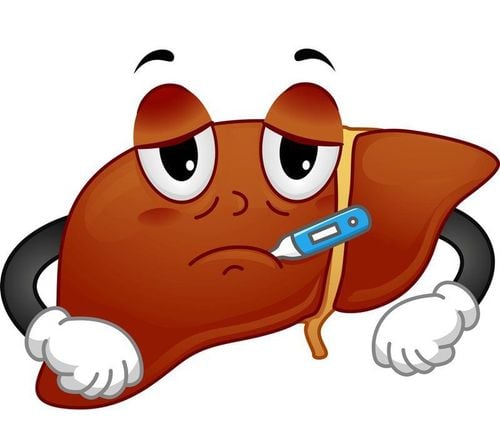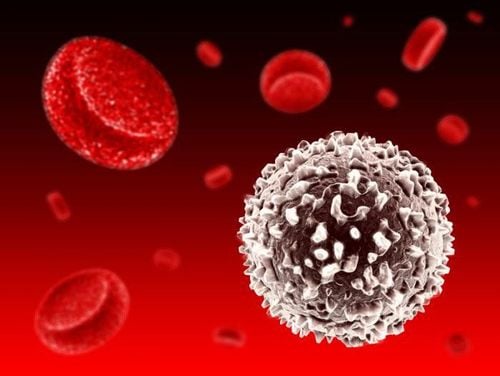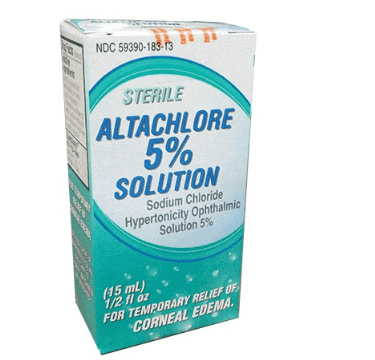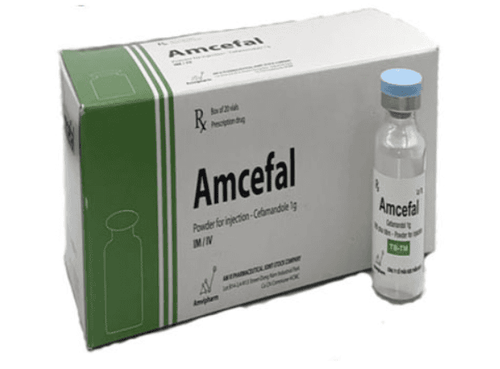This is an automatically translated article.
This article is professionally consulted by Master, Doctor Nguyen Le Duc Hoang - Emergency Medicine Doctor - Emergency Department - Vinmec Danang International Hospital.Septic shock is a severe stage of a continuum that begins with a systemic inflammatory response to infection (Sepsis) with circulatory failure and metabolic/cellular disturbances that pose a high risk of death. . The rate of septic shock accounts for 40 to 60%. This condition requires prompt septic shock emergency measures, including emergency dialysis.
1. Methods of treating septic shock
According to Surviving Sepsi Campaign 2018 guidelines (Hour-1- bundle): Start resuscitation as soon as Sepsis/Septic shock is detected (may not complete steps in first hour)Measure lactate, retest lactate if high lactate >2mmol/L Blood culture before antibiotics Broad-spectrum antibiotics Rapid crystallization 30ml/kg if hypotension or lactate 4mmol/L Administer vasopressors during and after fluid resuscitation to maintain MAP 65mmHg
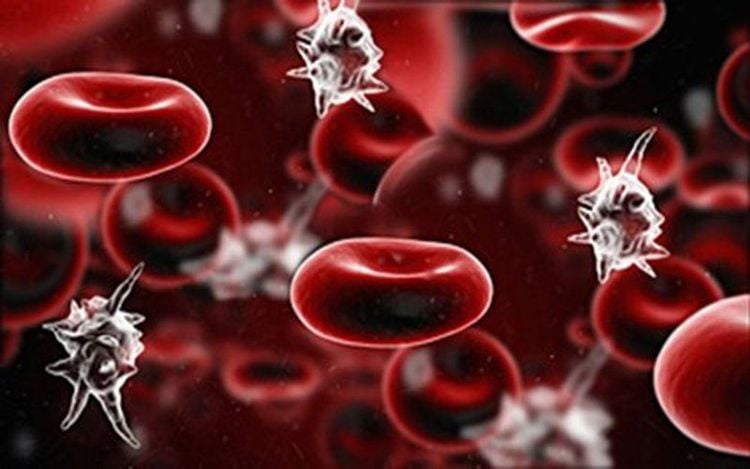
Maintain ALT 11-16 cmH2O Maintain mean blood pressure > 65mmHg Maintain central venous pressure 8-12 cmH2O, if patient is on mechanical ventilation maintain CVP 12-15 cmH2O Maintain ScvO2 ≥ 65% Urine volume ≥ 0.5ml/kg/ hour. 1.2. Use of vasopressors Only use vasopressors when adequate fluid replacement has been assessed. Noradrenaline is a first-line drug with an initial dose of 0.05 μg/kg/min, increasing dose by 0.05 mcg/kg/min every 5 - 10 minutes to achieve mean blood pressure ≥ 65 mmHg. Noadrenalin is the first choice. Noadrenaline starting dose 0.05μg/kg/min and gradually increasing dose 0.05μg after 5-10 minutes if no response, maximum dose 5μg/kg/min. Add Dobutamine if unable to maintain ScvO2 ≥ 70% or SvO2 ≥ 65%. Initial dose 3μg/kg/min, gradually increased dose 3-5μg every 5-10 minutes if no response, maximum dose 20μg/kg/min. Placement of arterial catheter 1.3. Use of antibiotics Apply clinical measures combined with microbiological tests and imaging studies to identify the source of infection and blood cultures before using antibiotics.
Note taking antibiotics after blood culture.
Use broad-spectrum antibiotics according to empiric antibiotic therapy and de-escalate.
Combination of antibiotics in the following cases:
If the patient with septic shock has a decrease in the number of white blood cells, the combination of antibiotics must be used to maximize coverage of the infection (Gram-negative, Gram-positive or intracellular bacteria... ). If blue pus bacillus infection is suspected, Acinetobacter baumanni should be combined with antibiotics sensitive to blue pus bacilli. If septic shock is suspected to be caused by enterococci in combination with antibiotics sensitive to enterococci such as vancomycin, cubicin... Note that in patients with septic shock with renal failure, the dose of antibiotics must be based on the severity of the infection. Creatinine clearance, the first dose is used as usual, no dose adjustment is required, only dose adjustment from the following doses.
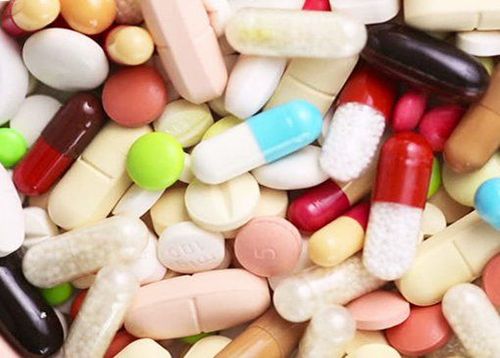
+ Use condoms to change pressure periodically on both arms and legs.
Gastrointestinal bleeding: Use gastric mucosal drugs or proton pump inhibitors, note the route of administration and drug interactions. 1.7. Artificial ventilation Goal: SpO2 > 92% or PaO2 > 60mmHg and pH > 7.15 by the following measures:
Non-invasive artificial ventilation with CPAP or BiPAP if the septic shock patient is awake and cooperative. Invasive ventilation should use PEEP if there is no contraindication to PEEP when non-invasive ventilation has failed or the patient is uncooperative. If ARDS is present, artificially ventilate according to the pulmonary protective ventilation strategy. 1.8. Address the source of infection Aspiration, aspiration, drainage, or surgery if indicated.
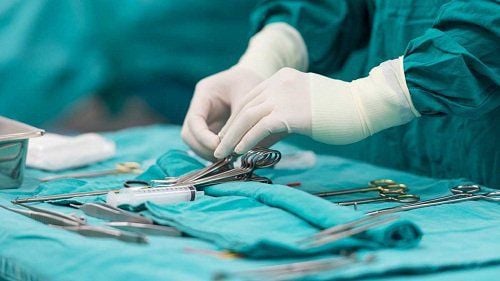
2. Emergency dialysis technique for patients with septic shock
Emergency dialysis is a method of dialysis by means of extracorporeal circulation that is carried out slowly and continuously for 24 hours/day for the purpose of eliminating the blood of patients with septic shock continuously. Therefore, this technique is often indicated for hemodynamically unstable renal failure patients, and for critically ill patients in the intensive care unit: septic shock, multiple organ failure, metabolic disorders, poisoning ,...Emergency dialysis is indicated as soon as possible after the diagnosis of septic shock and attention must be paid to controlling the source of infection. Dialysis should be performed only when the systolic blood pressure is >90 mmHg. Discontinue continuous dialysis when vasopressors have been removed for at least 12 hours and blood pressure is stable, and switch to intermittent dialysis if indicated.
3. Emergency dialysis technique at Vinmec
The treatment of septic shock must ensure the principles of thorough eradication of pathogens. correcting disorders caused by septic shock and improving the patient's resistance.Indication of emergency dialysis is an effective septic shock emergency measure. This is a method of dialysis by extracorporeal circulation, which is slowly and slowly carried out continuously for 24 hours/day for the purpose of eliminating patients with severe infections continuously.
Currently, at Vinmec International General Hospital, it is worth applying the indication of emergency dialysis with many outstanding advantages in emergency treatment of patients with severe infections.
3.1. Advantages of fast detoxification technique for patients. Safe, effective and fast treatment. Better patient recovery. Limit patient mortality. Eliminate toxins that the liver, kidneys and body can't normally eliminate, such as toxins, antigenic complexes, antibodies, and mediators. 3.2. Equipment and machinery Modern, new, multi-function machine system
Fresenius multiFiltrate continuous dialysis machine with many outstanding advantages such as:
Convenient and intuitive Safe and easy to use. Full range of renal replacement therapy. Automatically help users find the possible cause as well as reasonably suggest how to solve the problem as quickly as possible when there is an alarm. The system can save up to 3,500 parameters and treatment-related problems during treatment. 3.3 About the medical staff The medical staff are well-skilled, experienced technical masters and have been trained in this technique very intensively, with a lot of experience in handling cases critical patients, support and coordinate with departments in the hospital to treat severe and complicated patient cases.
Doctor Khong Trong Thang - Vinmec Central Park (HCMC) Doctor Nguyen Thai Tri - Vinmec Da Nang Doctor Tong van Hoan - Vinmec Da Nang Doctor Le Viet Cuong - Vinmec Nha Trang Doctor Dang Xuan Cuong - Vinmec Hai Doctor Tran Quoc Tuan - Vinmec Phu Quoc Doctor Pham Minh Quan - Vinmec Phu Quoc Doctor Luong Vo Quang Dang - Vinmec Phu Quoc Doctor Le Nguyen Tri Dung - Vinmec Phu Quoc
Please dial HOTLINE for more information or register for an appointment HERE. Download MyVinmec app to make appointments faster and to manage your bookings easily.





